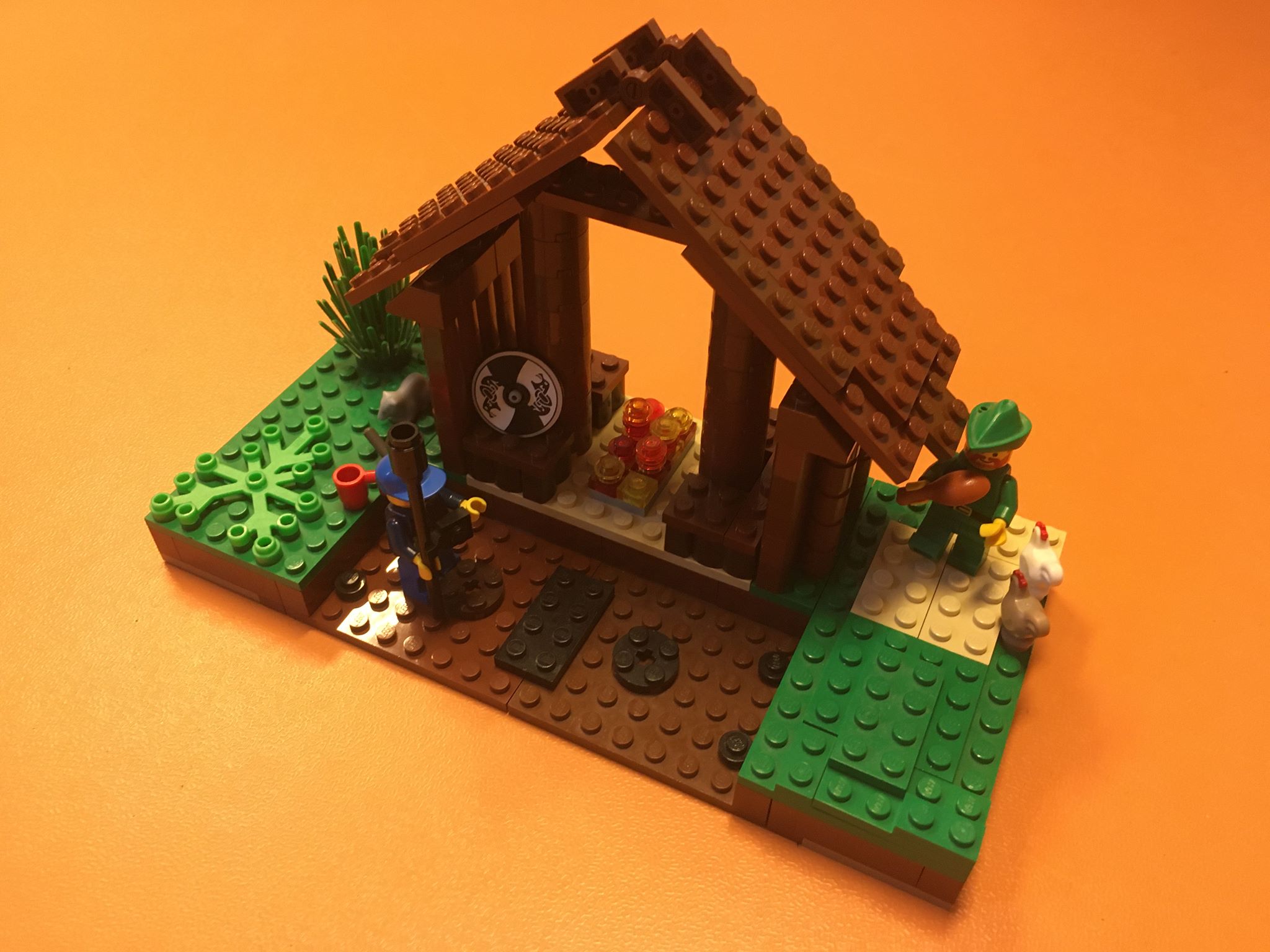Feelings in science – how affect affects our choice of methods
Are scientists always objective when they choose their approach? PhD Student Johan S. Larsen briefly investigates whether, or rather how, the affect, or emotional connotations, of methods may influence how academic work is conducted.

By PhD Student Johan S. Larsen
Affect, the emotional connotations of a given something, can influence how one works. If one has a negative connotation to a given field or type of analysis, one may consider it invalid. Likewise, if one has a negative disposition to a given way of working in the field, one may consider the resulting data inferior to data produced through other approaches. To illustrate how this works, let us take a divisive example from Danish archaeology: the term single context. Among some practitioners, this is synonymous with an unnecessarily expensive and slow approach, which should be avoided altogether. Among other practitioners, it is synonymous with a high level of detail at a worthwhile pace, which should be adopted when possible. This shows the clear negative and positive responses one can have to a given approach. Thus, one may choose a less suitable method, simply because one has a negative disposition towards alternative methods. This focus on the term rather than its underlying meaning has led some archaeologists to use alternative names for the same practice.
When discussing this terminology at Johan’s thesis-seminar in January (ten months prior to his deadline for handing in the final dissertation), the opponent, Stefan Larsson, brought up a similar point from Swedish archaeology, where single context is running the risk of becoming an empty term. This is a consequence of archaeological methods not having an international standard, leaving the implications of theoretical concepts up to the individual excavator.
The methods that are chosen for an excavation are immensely important for the resulting data. The excavated units can be understood as phantoms; they no longer exist physically, but remain in the same form as before – that is, if the recordings are accurate enough to allow the phantom to be re-animated in a life-like manner. If not, then the phantom becomes a twisted spectre, whose warped form may lead scholars to misinterpret the traces and make false conclusions. Example can be seen in fig. 1.
In order to overcome the affect that affects our field, it is important to create an environment which is open to a variety of methods. As no individual can ever be fully unbiased, it can only be achieved through collaboration and peer-discussion. One way of doing this is through increased communication, e.g. through consulting committees for excavations or research centres with interdisciplinary collaboration. How one best does this, is, amongst other things, being investigated further in Johan’s PhD project.
